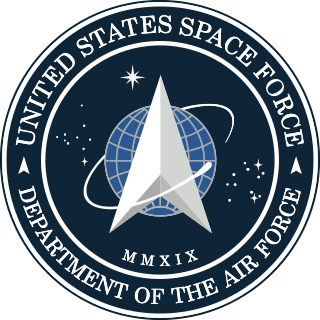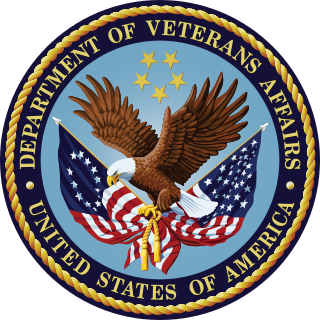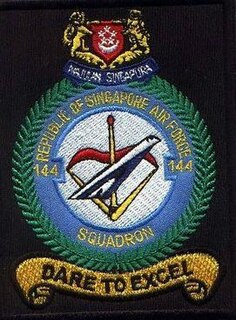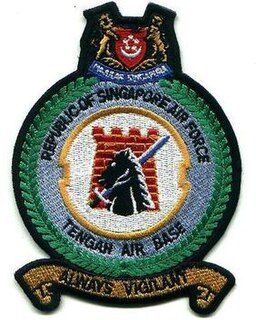 W
WA battle ensign is the name given to a large war ensign (flag) hoisted on a warship's mast just before going into battle.
 W
WThe Eagle, Globe, and Anchor is the official emblem and insignia of the United States Marine Corps. It is commonly referred to as an EGA The current emblem traces its roots in the designs and ornaments of the early Continental Marines as well as the United Kingdom's Royal Marines. The present emblem, adopted in 1955, differs from the emblem of 1868 only by a change in the eagle. Before that time many devices, ornaments, ribbons, and distinguishing marks followed one another as official badges of the corps.
 W
WThe Cantabrian labarum is a modern interpretation of the ancient military standard known by the Romans as Cantabrum. It consists of a purple cloth on which there is what would be called in heraldry a "saltire voided " made up of curved lines, with knobs at the end of each line.
 W
WMilitary eagles are military insignia used in the Polish Armed Forces, based on the White Eagle of the Polish coat of arms. They are used on elements of military uniforms such as hats and buttons, as well as on military banners, flags, medals, emblems, publications etc. One variant exists for each of the four branches of the Armed Forces. Additionally, the Minister of National Defence, the Marshal of Poland, and generals and admirals use their own variants.
 W
WNATO Joint Military Symbology is the NATO standard for military map marking symbols. Originally published in 1986 as Allied Procedural Publication 6 (APP-6), NATO Military Symbols for Land Based Systems, the standard has evolved over the years and is currently in its fifth version (APP-6D). The symbols are designed to enhance NATO's joint interoperability by providing a standard set of common symbols. APP-6 constituted a single system of joint military symbology for land, air, space and sea-based formations and units, which can be displayed for either automated map display systems or for manual map marking. It covers all of the joint services and can be used by them.
 W
WThe Air Force checkerboard is a national marking for the aircraft of the Polish Air Force, equivalent to roundels used in other nations' air forces. It consists of four equal squares, of which the upper left and lower right are white, and the other two – red. These are surrounded by a border of inverted (counterchanged) colors 1/5 the thickness of a single square. In 1993 the colors were reversed.
 W
WA red star, five-pointed and filled, is an important symbol that has often historically been associated with communist ideology, particularly in combination with the hammer and sickle, but is also used as a purely socialist symbol in the 21st century. It has been widely used in flags, state emblems, monuments, ornaments, and logos.
 W
WReligious symbolism in the United States military includes the use of religious symbols for military chaplain insignia, uniforms, emblems, flags, and chapels; symbolic gestures, actions, and words used in military rituals and ceremonies; and religious symbols or designations used in areas such as headstones and markers in national cemeteries, and military ID tags.
 W
WThe air forces of the United Kingdom – the Royal Navy's Fleet Air Arm, the Army's Army Air Corps and the Royal Air Force use a roundel, a circular identification mark, painted on aircraft to identify them to other aircraft and ground forces. In one form or another, it has been used on British military aircraft from 1915 to the present.
 W
WThe Seal of the United States Space Force is the official seal of the U.S. Space Force, the space warfare service branch of the U.S. Armed Forces. The seal itself was approved on 15 January 2020.
 W
WThe Space Force Delta is the official logo of the U.S. Space Force, the space warfare service branch of the U.S. Armed Forces. The delta itself was unveiled on 22 July 2020.
 W
WThe United States Air Force Symbol is the symbol of the United States Air Force. It was introduced in January 2000 by Eric Livingston. Guidelines that outlined appropriate uses for the new Air Force symbol were released March 23. The symbol was first tested on gates and water towers in August.
 W
WThe United States Department of Veterans Affairs (VA) maintains many cemeteries specifically devoted to veterans. Most have various rules regarding what must take place in order to be interred there.
 W
WThis is a listing of the nationality markings used by military aircraft of the United States, including those of the U.S. Air Force, U.S. Navy, U.S. Marine Corps, U.S. Coast Guard, U.S. Army and their predecessors. The Civil Air Patrol is also included for the World War II period because it engaged in combat operations which its July 1946 charter has since explicitly forbidden.
 W
WA victory marking is a symbol applied in stencil or decal to the side of a military aircraft to denote an aerial victory achieved by the aircraft's pilot or crew. The use of victory markings originated during World War I, burgeoned during World War II and frequently took the form of the roundel or national flag of the nationality of the aircraft defeated.
 W
W W
W W
W W
W W
W W
W W
W W
W W
W W
W W
W W
W W
W W
W W
W W
W W
W W
W W
W W
W